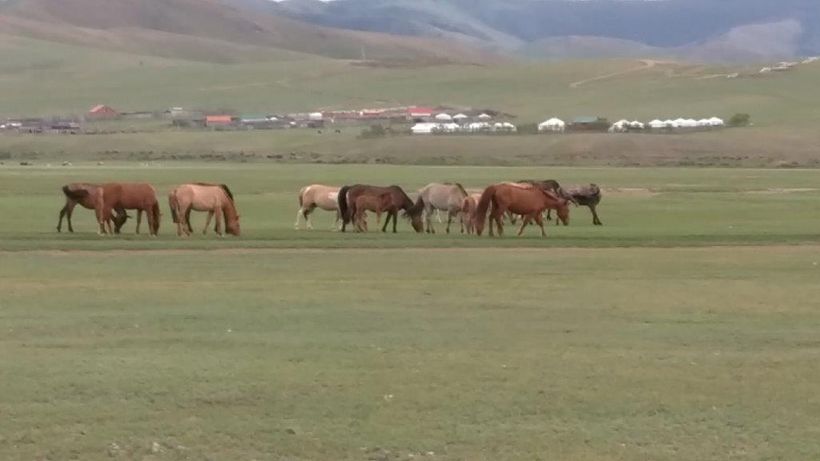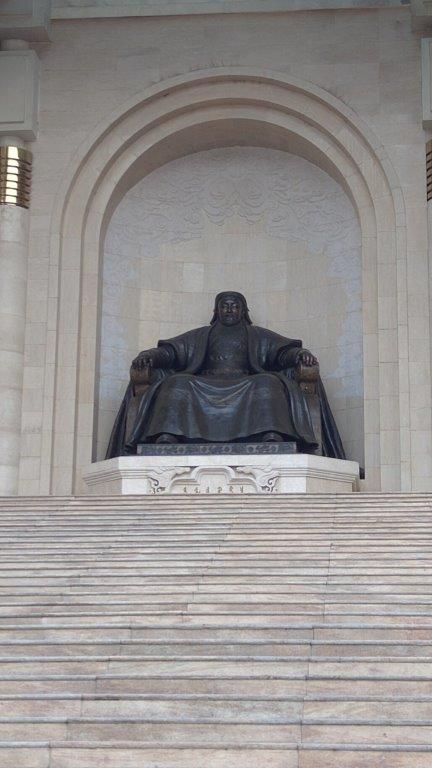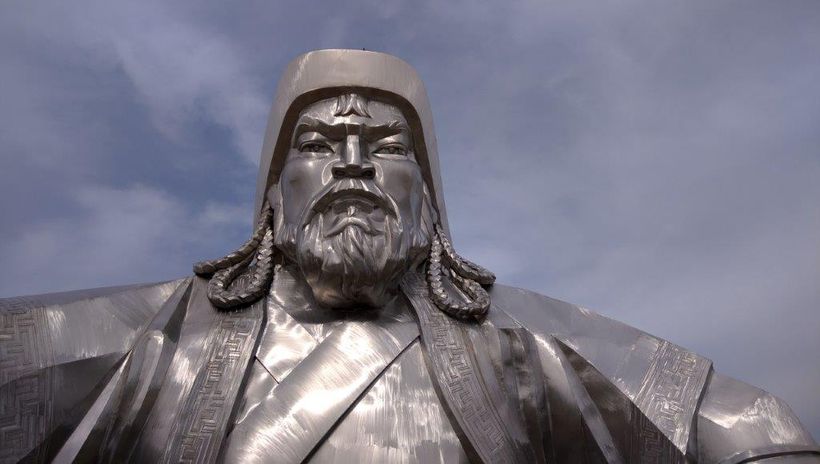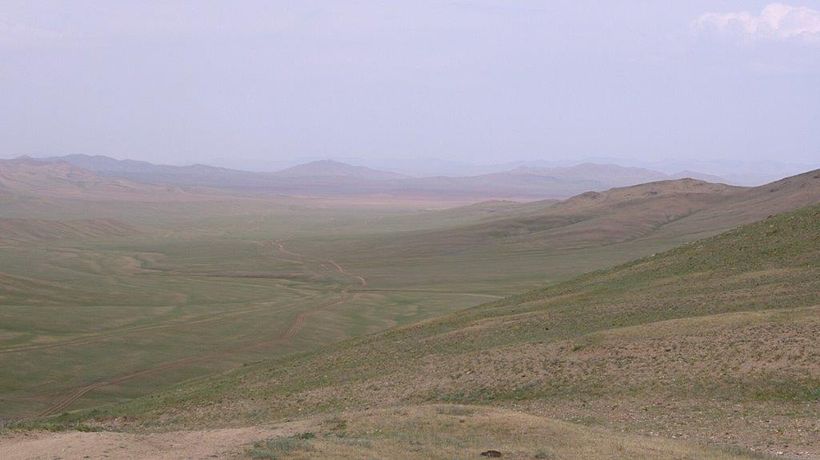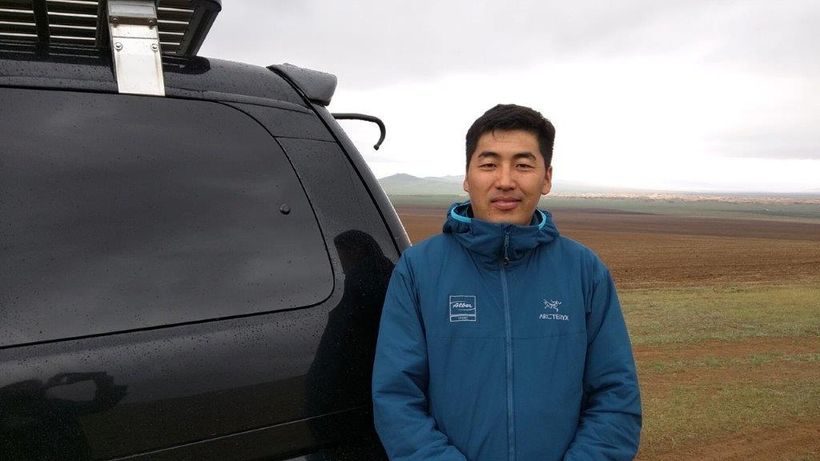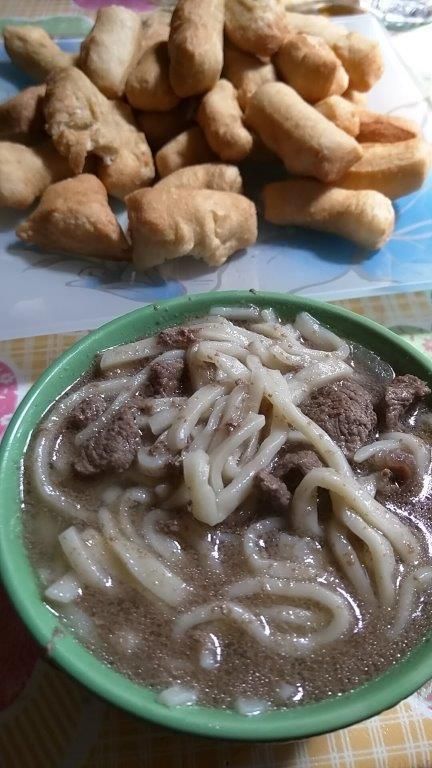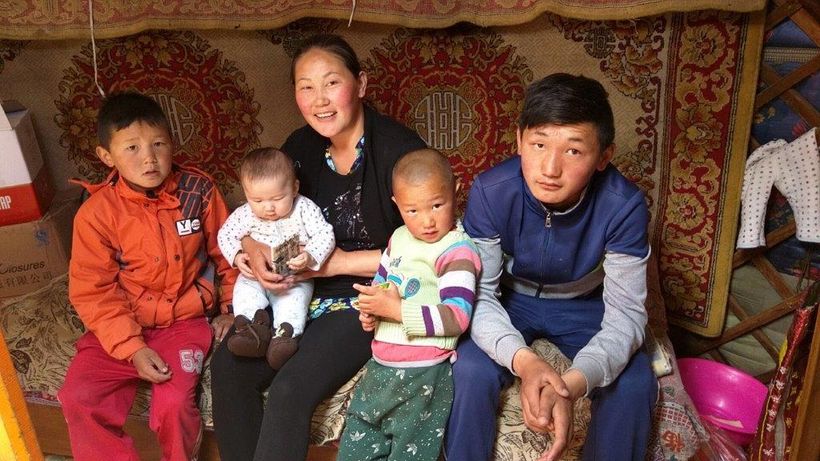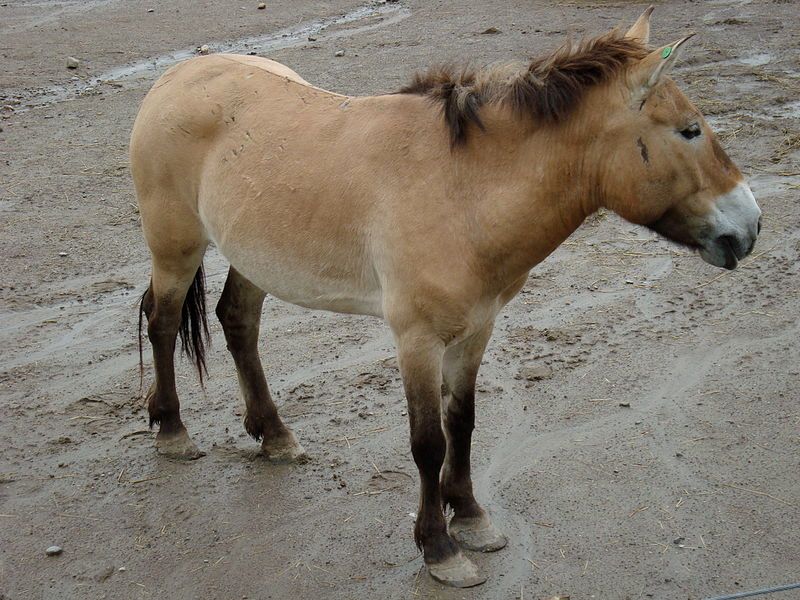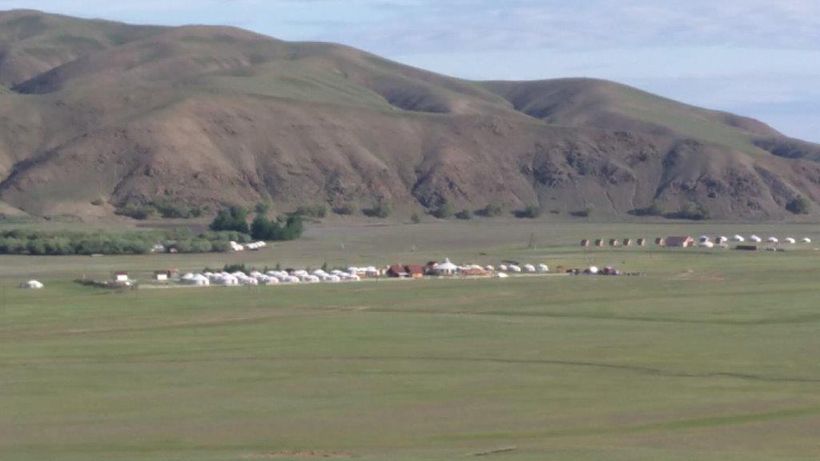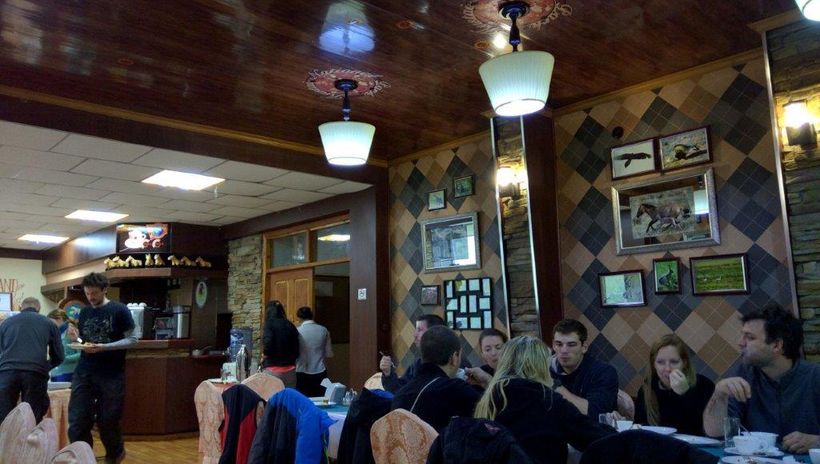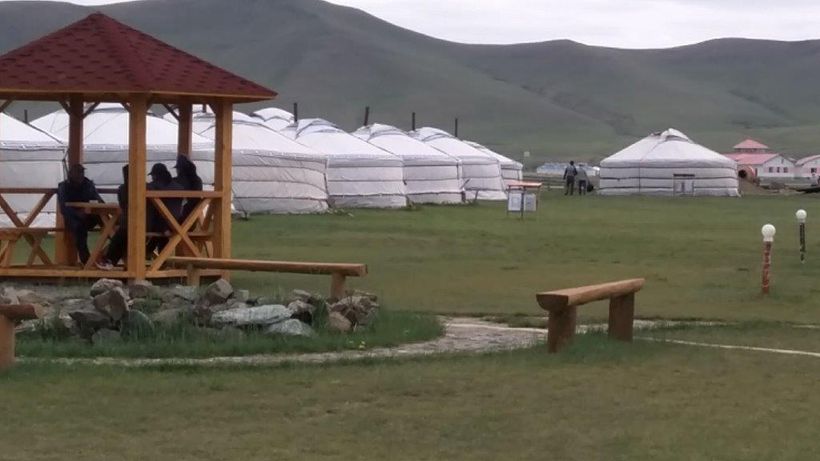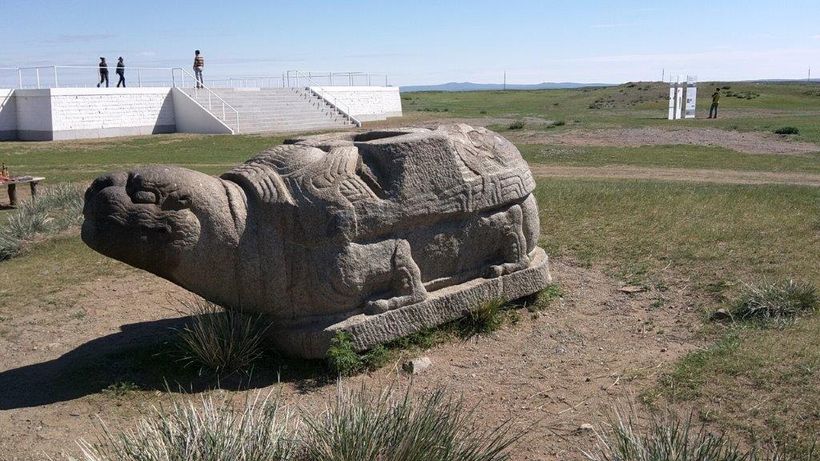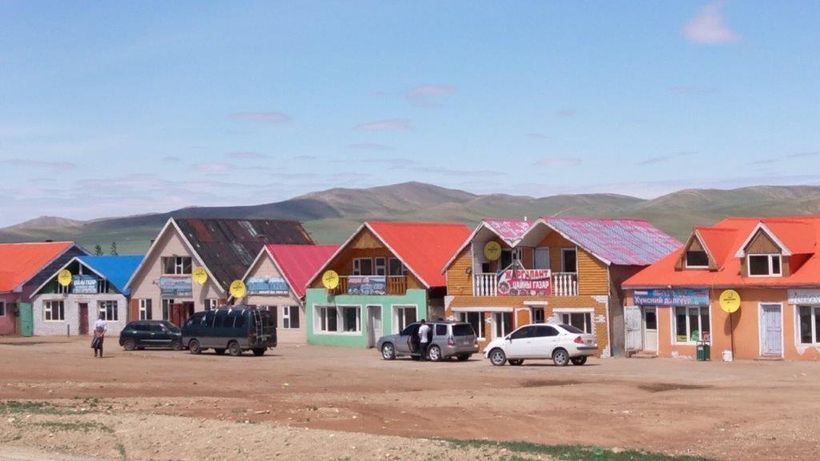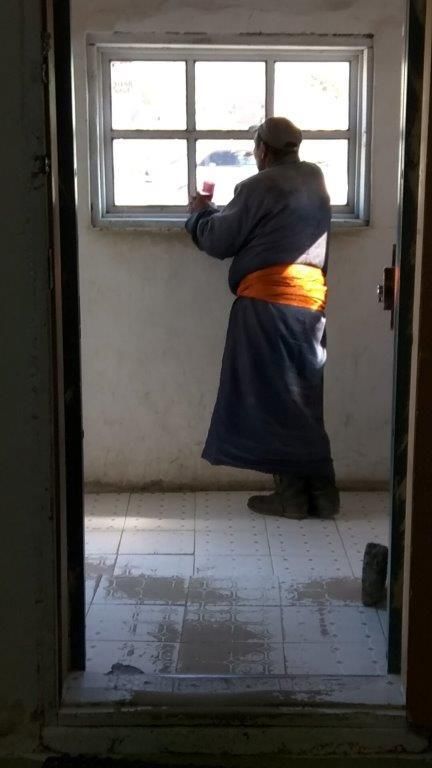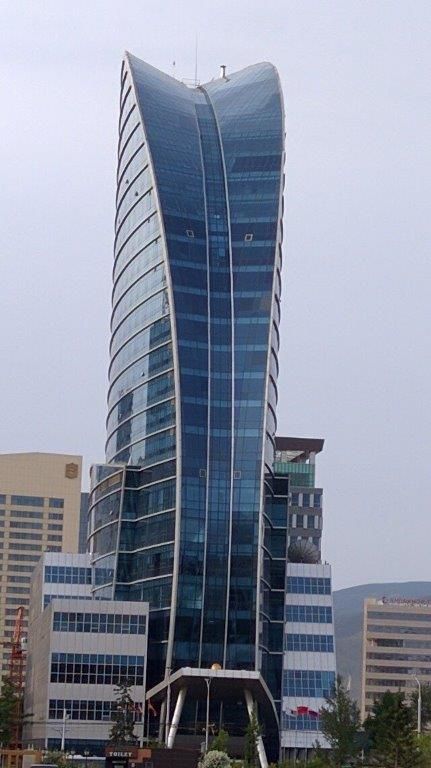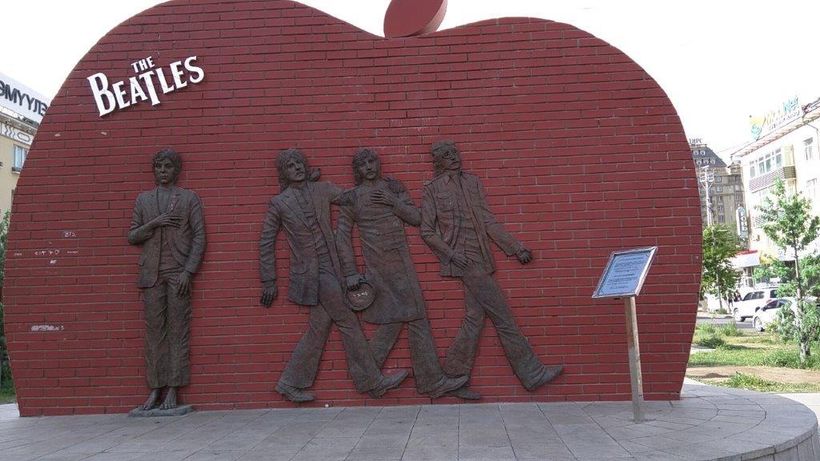Visiting Genghis Khan’s Spectacular Homeland
Oklahoma eat your heart out ― to say nothing of Montana, North Dakota, Wyoming and all those other “wide open spaces” where “the wind comes sweeping down the plain.” Expansive though they may be, American prairies are literally dwarfed byMongolia’s majestic steppes which stretch endlessly into the distance.
Within the vast green landscape, herds of cattle and horses and flocks of sheep and goats roam without fences amid intermittent multi-mile long wheat fields stretching out of sight into the horizon. It’s bitterly cold in winter, but in the summer central Mongolia is an idyllic landscape stretching almost farther that the eye can encompass, interrupted only by occasional round white ger (yurt in Russian) homesteads.
Throughout the country, paying respect to Genghis Khan is a primary priority. My visit commenced in Ulaan Baatar with a stop in Sukbataar Square where his massive seated statue dominates the capitol buildings. And before venturing into the countryside, another mandatory stop, a half hour outside of town, was a visit to the Khan’s mammoth equestrian statue which towers over the countryside. Visitors can take an elevator up inside the horse to access stairs leading to an outdoor viewing platform within the steed’s head. At its foot, a museum commemorates the patriarch’s unique strategic and administrative skills which 800 years ago created the largest empire in world history, surpassing the achievements of Alexander the Great, Julius Caesar, Napoleon.
With merely three days and a lot of ground to cover, Sokol Tours arranged for a driver, Shinebayar O., to accompany me. (Last names are rarely used in Mongolia, he suggested I should call him Shiney.) Moving along, over two-lane highways, we headed out into the countryside. Off the main highways the roads are barely discernible tracks over the ground, with switchbacks and bumps and virtually no road signs. I was grateful that Shiny seemed to sense the directions almost intuitively . Both days we stopped along the way for lunch at gers plunked within the landscape. Cooked by friendly local families, the main dish would be shredded beef or mutton served over noodles, a dish that became a familiar staple.
After lunch one day while Shiney took a rest, the family’s darling five-year-old son and I walked toward another ger far off on the horizon and were greeted by a family with more adorable children. Their mother offered me a delicious custard-like dessert she had cooked and we admired the banner of animal figures she had embroidered by hand to decorate the ger for the children. To amuse them, she pronounced the animal names for me in Mongolian and I responded with the name in English.
En route to the campground of gers where I was to stay overnight in Hustai National Park, Shiny got out the binoculars and we managed to spot a few of the prizedPrzewalski takhi horses far off in the distance. Once nearly extinct, a dozen or so were collected from European zoos and rebred until the herd was sufficient to reintroduce back to the plains where they are a national treasure.
Both nights were spent at camps which were clusters of gers laid out around a dining hall, outdoor bathroom facilities, and bunk rooms for the drivers. My circular tents were comfortable with a bed, clothing storage, and wood stoves so effective that I had to remove some of the covers in the middle of the night when I’d fallen soundly asleep after dinner lulled by the sound of gentle rain on the roof.
After Hustai we headed toward the historic region of Karakorum, once the capital city of the vast Khan empire. A scale model in the excellent new museum illustrates what the town looked like in the 13th century when it was the empire’s thriving capital. Today there is little sign of the ruined city Arrows on the tourist viewing stand indicate where structures once stood. but except for a turtle marker there is virtually nothing left.
Many of the capital’s stones were confiscated to construct the monumental Erdene Zuu Khiid Buddhist monastery which now sprawls over much of the site. Considered the most important monastery in the country, it once housed over 1000 monks. Art and artifacts in one or two of its former 60-100 temples can still be visited and visitors wandering the grounds may overhear the sound of chanting monks.
After touring the monastery, we drove back to spend the rest of the day visiting museums, temples, shopping malls, and modern hotels of Ulaan Baatar. I was sorry to miss touring the Gobi desert and the Swiss-like lakes and mountains to the north, but hope to see them on a return trip to the kingdom of Genghis Khan.



